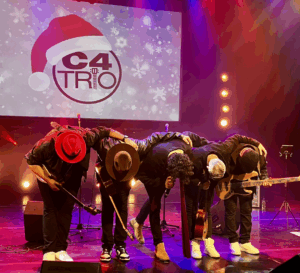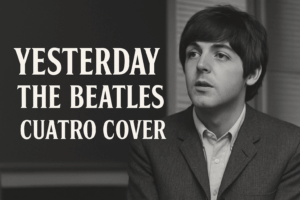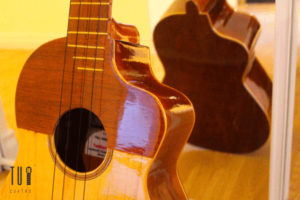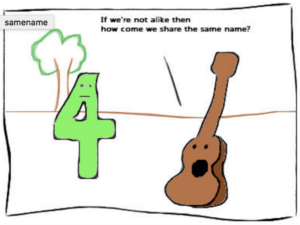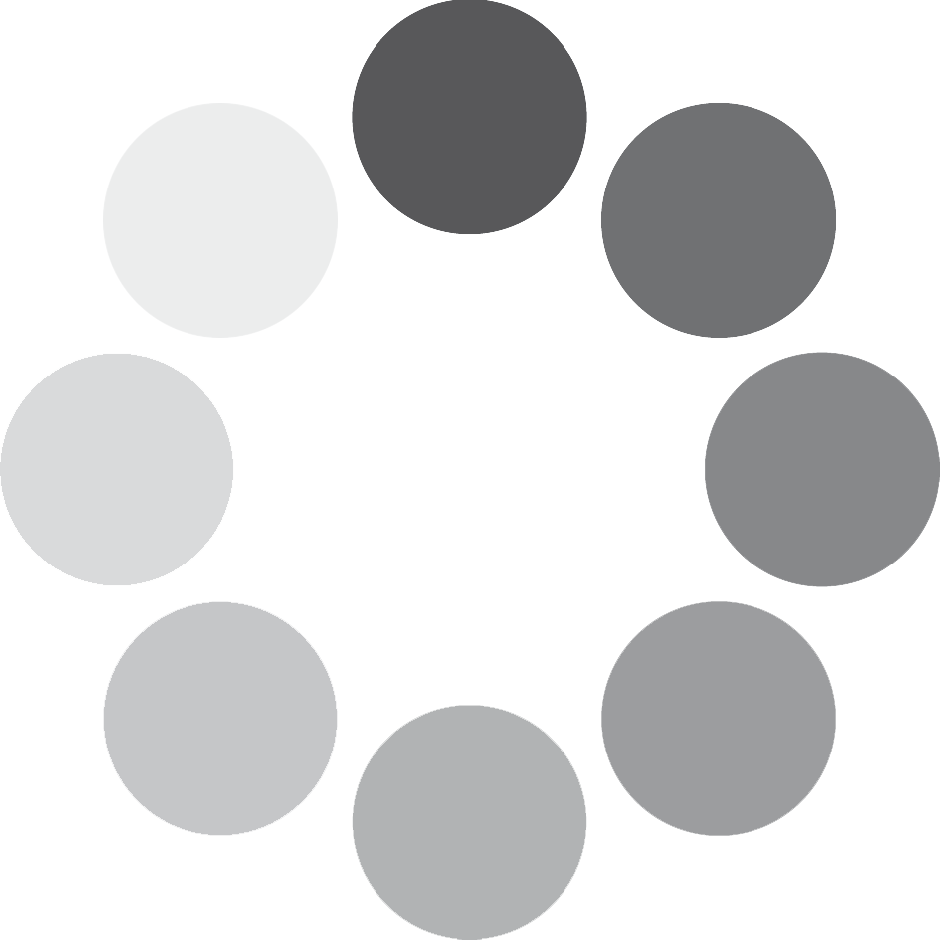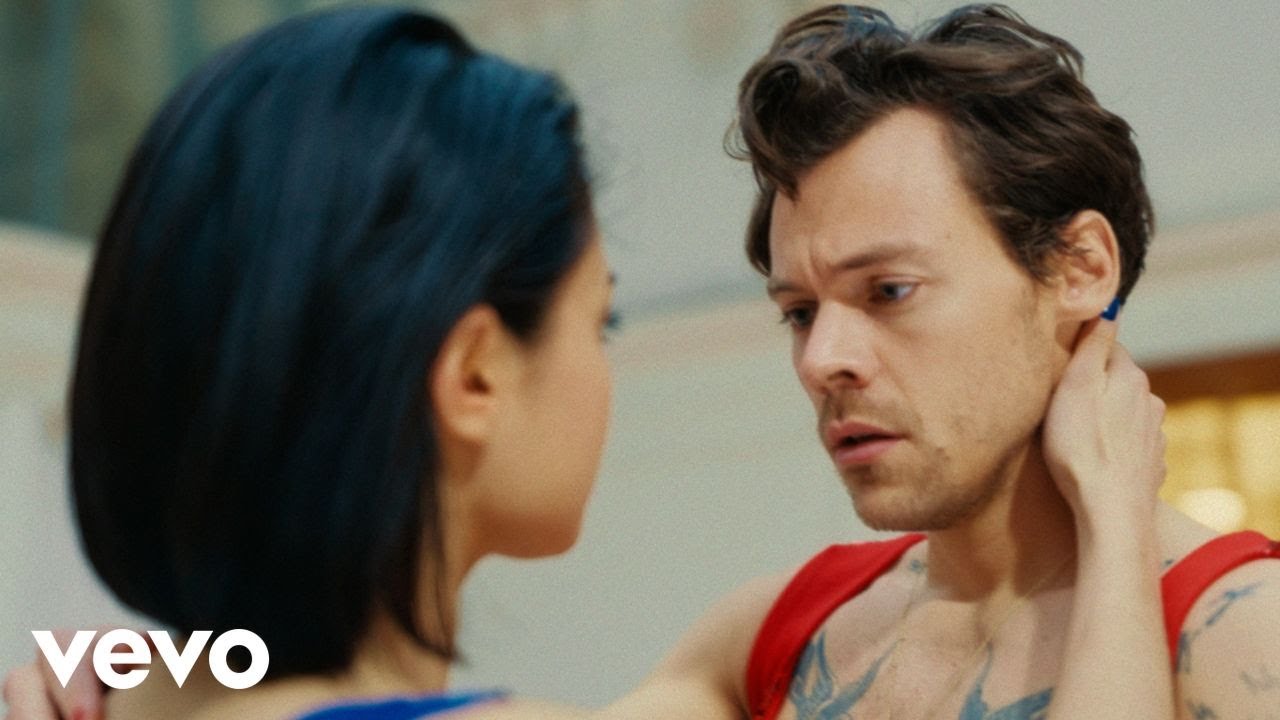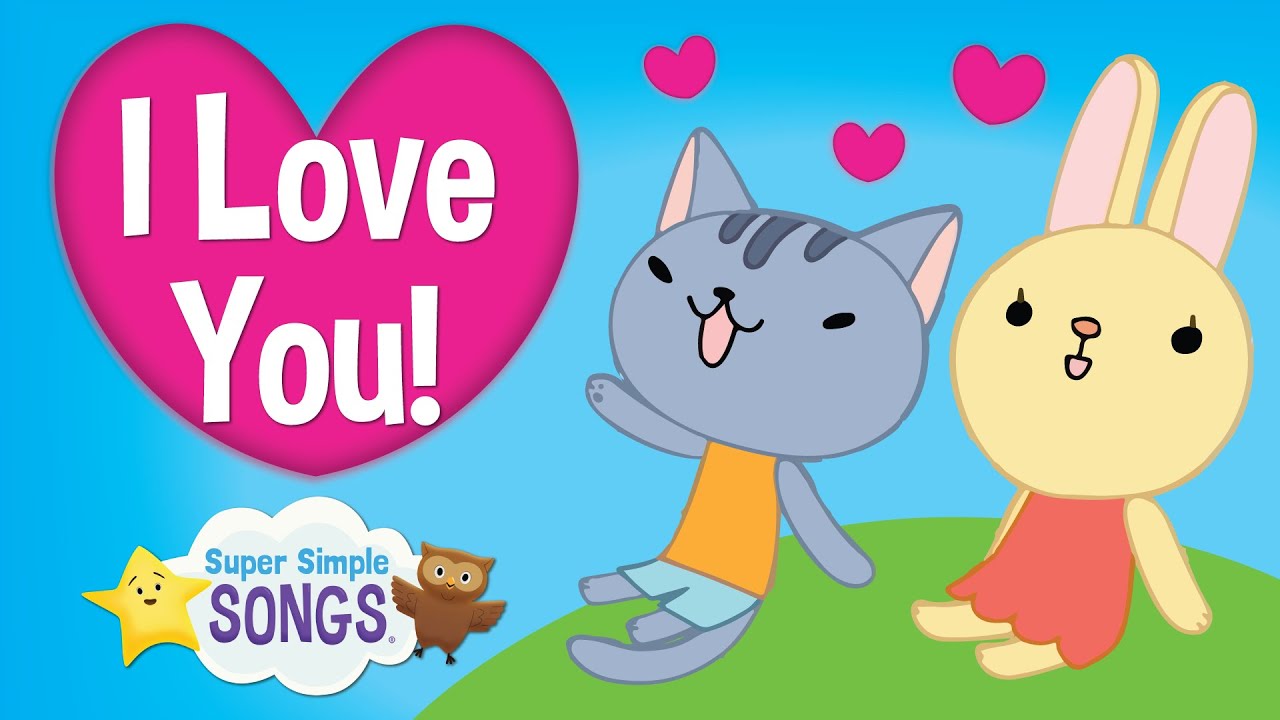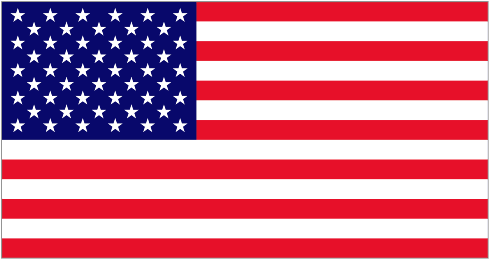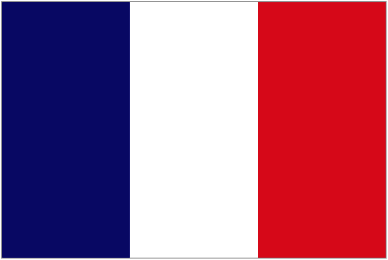The Cuatro: A Unique Latin American String Instrument (not Quatro) is a traditional string instrument with a rich history and cultural significance.
Quatro or Cuatro? Which is Correct?
If you’ve ever wondered about the correct spelling, the answer is Cuatro. In Spanish, “cuatro” means “four,” and it refers to the number of strings on this remarkable instrument. Many mistakenly spell it as “Quatro,” influenced by how the “C” in Spanish sounds like “Q” in English. However, the Cuatro is much more than a word—it’s a symbol of cultural heritage and musical artistry.
The Cuatro: A Unique Latin American Instrument
The Cuatro has its origins in Venezuela and is also a popular instrument in other Latin American countries like Colombia and Aruba, and other Caribbean countries. The instrument has a small, guitar-like shape and four strings, which gives it a unique sound and makes it distinct from other string instruments. In addition to its use in traditional folk music, the Cuatro has recently surged in popularity and it is used in many other music genres and various musical styles. Its distinctive sound and versatility make it an essential part of the music of many Latin American countries.
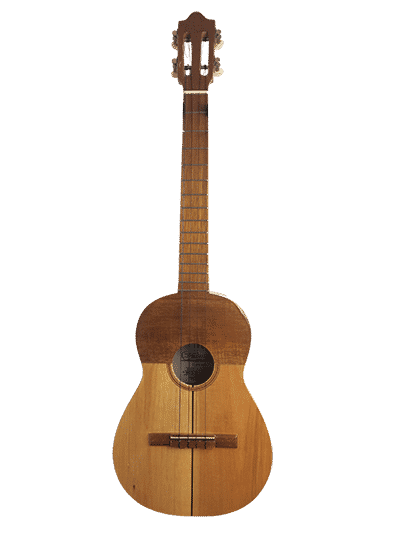
Why Is It Called “Cuatro”?
The word “Cuatro” means “four” in Spanish, referring to the number of strings on the instrument. However, many people mistakenly refer to the Cuatro as the “Quatro” because the pronunciation of the letter “C” in Spanish sounds like the English letter “Q.” This common mistake can be confusing for those who are not familiar with the instrument or the Spanish language.
The name Cuatro reflects its four strings, which set it apart from other stringed instruments. Its compact size and unique tuning produce a bright, cheerful tone, making it an essential tool for both rhythm and melody. The Cuatro’s significance extends beyond its physical form—it’s a bridge between generations, preserving Latin America’s rich musical traditions.
How the Cuatro Differs from Other Instruments
While it might resemble a ukulele or a small guitar, the Cuatro has distinct characteristics:
- Tuning: Often tuned in a reentrant pattern, giving it a bright and harmonic sound.
- Cultural Context: Unlike the globally recognized ukulele, the Cuatro is deeply tied to the musical identity of Latin America.
- Construction: Typically crafted from local woods, each Cuatro reflects the craftsmanship of the region where it was made.
In recent years, the instrument has gained popularity outside its traditional roots. It is now used in various musical styles, from pop and rock to classical and jazz, thanks to the work of these and other Cuatro players.
The Cuatro is a unique and versatile string instrument with a rich history and cultural significance. Despite its similarities to other instruments, it is important to recognize the Cuatro by its true name (Cuatro, not Quattro) to recognize and appreciate the cultural significance of the instrument.
Want to Learn More About the Cuatro?
If this beautiful instrument has piqued your interest, here’s how you can dive deeper:
- Learn to Play: Start with beginner tutorials or courses on basic chords and strumming techniques.
- Explore Its History: Discover how the Cuatro evolved and its role in various Latin American cultures.
- Choose Your Own Cuatro: Whether you’re a beginner or a seasoned musician, finding the right Cuatro can enhance your musical journey.
The Cuatro isn’t just an instrument—it’s a living symbol of Latin America’s vibrant culture and musical legacy. By calling it by its true name and sharing its sound, we can ensure this tradition thrives for generations to come.
Want to hear the Cuatro in action? Check out our Cuatro tutorials or explore our curated selection of handcrafted Cuatros in the TuCuatro store. Let’s celebrate this incredible instrument together!

